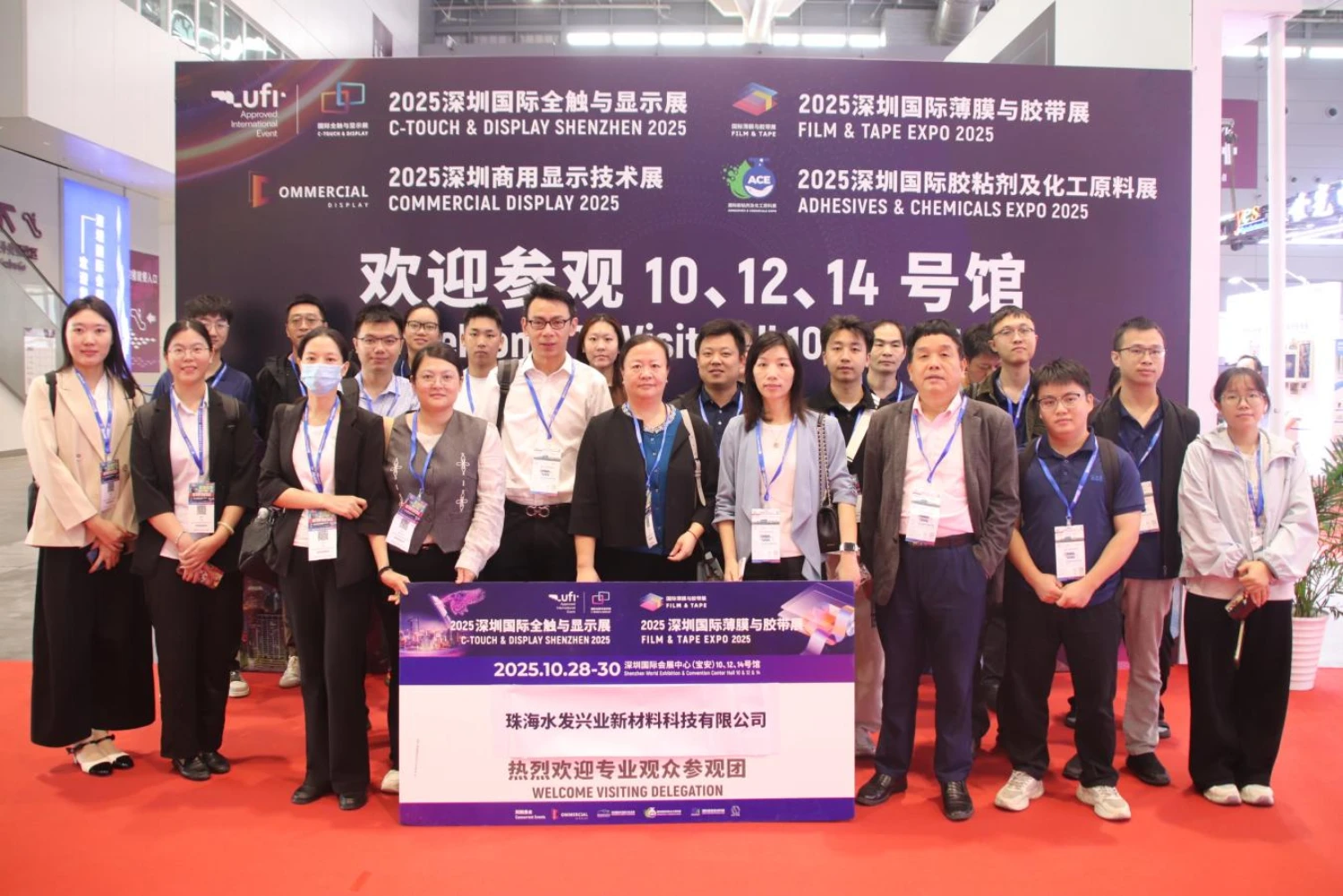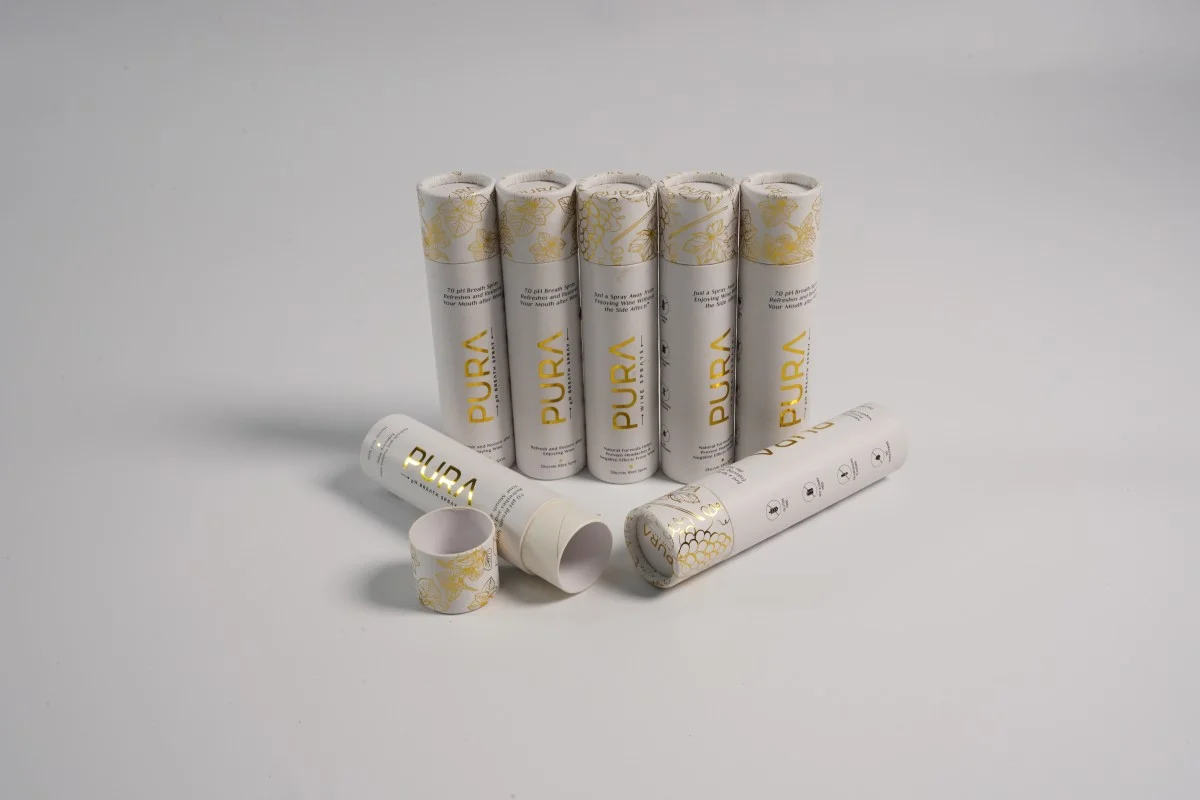In today's world, where sustainability and environmental consciousness are gaining prominence, eco-friendly food packaging has emerged as a game-changer in the food industry. This article aims to delve into the multifaceted benefits of adopting eco-friendly packaging solutions, exploring how they contribute to a greener future while meeting consumer demands for sustainable practices.
- Reduced Environmental Impact:
Eco-friendly food packaging significantly minimizes the negative impact on the environment compared to traditional packaging methods. By utilizing renewable resources, such as biodegradable materials and plant-based plastics, it helps reduce carbon emissions, energy consumption, and waste generation. This sustainable approach aids in preserving natural resources and mitigating pollution, making it a crucial step towards a greener planet. - Enhanced Brand Reputation:
Adopting eco-friendly food packaging demonstrates a company's commitment to environmental responsibility, which can significantly enhance its brand reputation. Consumers are increasingly seeking out businesses that prioritize sustainability, and by aligning with their values, companies can attract a larger customer base. Positive brand perception and increased customer loyalty are invaluable assets in today's competitive market. - Healthier and Safer Food:
Eco-friendly packaging materials, such as compostable films and coatings, provide a safer alternative to conventional packaging. These materials are free from harmful chemicals, such as bisphenol A (BPA) and phthalates, which can leach into food and pose health risks. By opting for eco-friendly packaging, food products remain fresh, uncontaminated, and safe for consumption, ensuring the well-being of consumers. - Extended Shelf Life:
Innovative eco-friendly packaging solutions, such as modified atmosphere packaging (MAP), can significantly extend the shelf life of perishable food items. MAP involves altering the composition of gases within the packaging to slow down the growth of spoilage-causing microorganisms. By reducing food waste and enabling longer storage periods, eco-friendly packaging helps businesses optimize their supply chains and reduce costs. - Cost Savings:
Contrary to popular belief, eco-friendly food packaging can lead to substantial cost savings in the long run. While the initial investment may be slightly higher, the use of sustainable materials can reduce expenses associated with waste disposal, regulatory compliance, and potential fines. Additionally, eco-friendly packaging often weighs less than traditional alternatives, resulting in reduced shipping costs and fuel consumption. - Consumer Appeal and Differentiation:
With the growing emphasis on sustainable practices, eco-friendly food packaging has become a key differentiator for businesses. Consumers are increasingly inclined to choose products packaged in environmentally friendly materials, making it a crucial factor in purchasing decisions. By embracing eco-friendly packaging, companies can tap into this consumer demand, gain a competitive edge, and attract environmentally conscious customers.
Conclusion:
Eco-friendly food packaging offers a multitude of benefits that extend beyond environmental conservation. From reduced environmental impact and enhanced brand reputation to improved food safety and extended shelf life, the advantages are undeniable. By embracing sustainable packaging solutions, businesses can contribute to a greener future while reaping the rewards of increased consumer appeal, cost savings, and a competitive edge in the market. It is time for the food industry to recognize the transformative potential of eco-friendly packaging and embrace it as a cornerstone of their operations.






+ There are no comments
Add yours